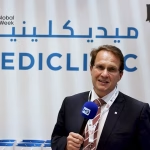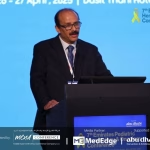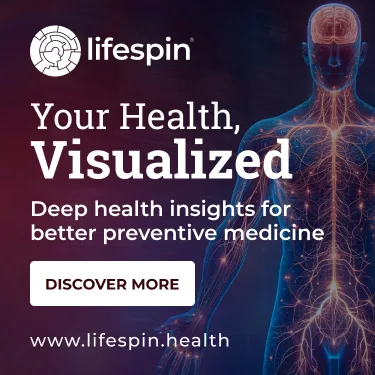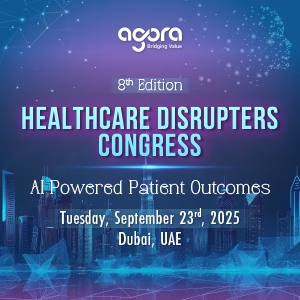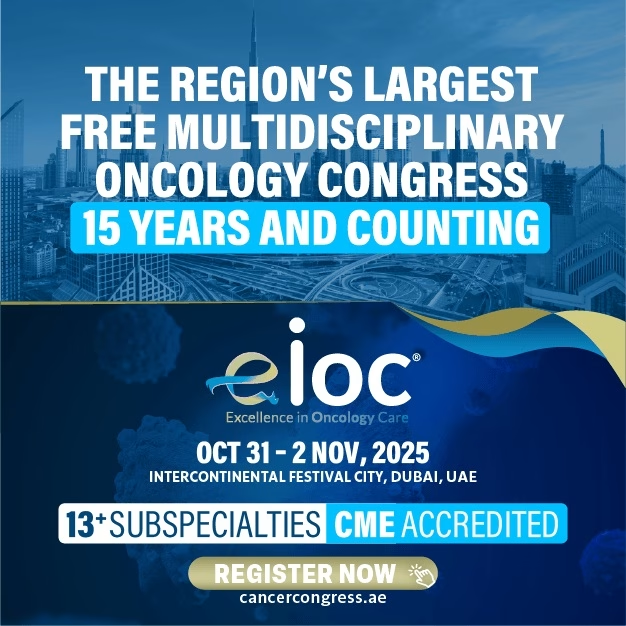In a recent interview, Dr. Ali Tinazli, CEO of Lifespin, shed light on how his company is addressing a critical gap in healthcare: the lack of a comprehensive, clear picture of a patient’s health status. Many chronic conditions begin with vague symptoms, leading to a fragmented diagnostic process for patients and a challenge for physicians constrained by current healthcare economics and insurance limitations.
The Problem Lifespin Solves: Lifespin’s core offering is a General Health Assessment that provides a “snapshot” of an individual’s health across eight different organ systems and functions, including the pancreas, liver, kidney, inflammation markers, and crucially, the lipoprotein profile. This comprehensive assessment, which would typically cost around $1,000 with current standard-of-care testing, is made highly cost-efficient and scalable by Lifespin. They achieve this by taking a standard blood draw, performing a rapid 5-minute measurement, and then applying their proprietary software to the raw data, resulting in an easy-to-understand “traffic light system” report.
Understanding Lifespin’s Technology – The Metabolome: Dr. Ali Tinazli explained that Lifespin examines the metabolome, which represents the sum of biochemical reactions in our bodies. Unlike the static genome, the metabolome is dynamic, changing with health status, stress, and the development of chronic conditions. Lifespin uses AI-enhanced algorithms to unveil these changing patterns, offering insights into a person’s current health that the genome cannot provide.
Global Expansion and Strategy: Lifespin’s core product is software as a service (SaaS). Hospitals and lab chains with Nuclear Magnetic Resonance (NMR) instruments can utilize their existing equipment to perform blood measurements. They then upload the raw data to Lifespin’s cloud, receiving comprehensive reports within minutes. This model is being actively discussed with innovative hospitals in Asia Pacific. For regions like Germany and Europe, Lifespin also operates a “send-in” model where they receive blood samples directly for in-house measurement, promising same-day or next-day results due to the speed and scalability of their method. Building trust through transparency, clean science, peer-reviewed papers, and partnerships with reputable organizations like Acibadem Hospital (part of IHH, the world’s largest hospital chain in Asia Pacific) are key to their expansion.
Real-World Impact and Future Vision: While specific patient IDs cannot be shared due to data protection, Dr. Nazri cited instances where Lifespin’s lipoprotein profiler provided crucial information leading to early intervention and management of lipid levels. They are also seeing early indications of elevated diabetes risk from their R&D work.
Looking ahead, Lifespin’s immediate focus is on increasing commercial partnerships and expanding the accessibility and availability of their testing platform. Their “north star” vision is to develop a comprehensive software over the next few years that covers all common health conditions, moving from their current “faster, better, cheaper” first-generation product to more complex models addressing treatment response and disease staging.
A particularly exciting future initiative is a 3-year project in Hong Kong assessing frailty in 2,000 senior citizens. This aims to develop markers for early recognition of frailty, enabling preventive measures that can significantly impact healthcare costs and improve healthy aging, a critical topic given global demographic shifts.
Inspiration Behind the Journey: Dr.Ali Tinazli’s passion for healthcare technology was sparked at the age of 15 after watching a documentary on molecular biology’s role in understanding diseases like cancer and HIV. This led him to pursue biochemistry and biophysics, eventually transitioning from academia to a corporate career with companies like Applied Biosystems, Sony, and HP, where he led global healthcare strategy. Ultimately, he chose the “rocky, tough startup world,” finding immense satisfaction in the continuous challenge of implementing new healthcare technologies to solve real-world problems.








